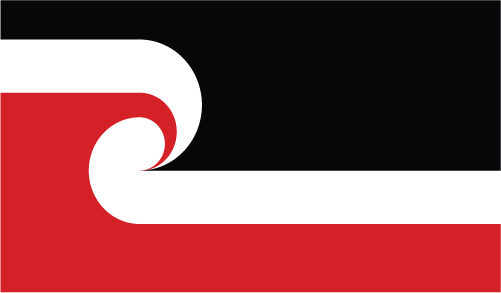- Home
- Regulated industries
- Telecommunications
- Regulated services
- Fibre services
- Setting the 2020/21 fibre input methodologies
- Feedback sought on rules to underpin new regulatory regime for fibre networks
Feedback sought on rules to underpin new regulatory regime for fibre networks
The Commerce Commission has released its emerging views paper on the rules, requirements and processes which will underpin the new regulatory regime for New Zealand’s fibre networks.
Feedback sought on rules to underpin new regulatory regime for fibre networks
The Commerce Commission has released its emerging views paper on the rules, requirements and processes which will underpin the new regulatory regime for New Zealand’s fibre networks.
New Zealand is now transitioning from the old copper telecommunications network to faster and more reliable fibre networks. This is largely due to the Government’s ultra-fast broadband rollout, which is scheduled to be completed by the end of 2022.
In preparation for this, Parliament passed legislation tasking the Commission with creating a utility style regulatory regime for fibre networks that promotes the outcomes of competitive markets including preventing Chorus and the other local fibre companies (Northpower Fibre, Ultrafast Fibre and Enable Networks) from earning excessive profits at the expense of network quality and consumers.
Telecommunications Commissioner Dr Stephen Gale said today’s paper detailed the Commission’s emerging views for designing the regulatory framework, which will see Chorus subject to revenue caps and minimum quality standards.
“The rules we are developing that underpin the revenue caps for Chorus will have an impact on the price consumers end up paying for broadband. We are keen to hear from consumer advocates on our current thinking around how we treat key issues such as the cost of capital and what is included in Chorus’ regulated asset base,” Dr Gale said.
“In terms of quality, we are currently looking at which dimensions of quality matter to New Zealanders, and how they will flow through to standards we will require Chorus to meet. The quality dimensions are based on the stages of the fibre service lifecycle and include customer service, service availability and performance among others.”
Chorus and the local fibre companies will also be required to publicly disclose information about their performance in what is colloquially known as sunlight regulation.
Dr Gale said the emerging views paper was an opportunity to test the Commission’s thinking on different topics before it made its draft decisions.
“We want to make sure we design a robust and enduring regulatory framework for fibre networks that have become an important part of New Zealanders’ daily lives. Consumers and businesses increasingly demand ubiquitous, high speed connections to support an ever-expanding range of activities, so it’s important we get it right.”
A copy of the summary paper is available here. Submissions are due by 16 July.
Background
The Government’s Ultra-Fast Broadband (UFB) initiative launched in 2009 originally aimed to provide fibre-to-the-premises to 75% of New Zealand’s population by 2020 through the building of new fibre networks in major towns and cities throughout New Zealand. The program was expanded twice in 2017, and now aims to achieve fibre-to-the-premises to 87% of the population (including 1% private fibre) by 2022. These new fibre networks enable faster and more reliable voice and broadband internet services to end-users.
Rural areas of New Zealand are covered by the separate Rural Broadband Initiative which improves broadband coverage to premises in rural New Zealand where it would not be commercially cost effective to build UFB networks.
The Government’s Crown Infrastructure Partners contracted with four companies through to 2020 to build these fibre networks: Chorus and three local fibre companies (LFCs) – Northpower Fibre, Ultrafast Fibre and Enable Networks.
In November 2018, Parliament amended the Telecommunications Act to require us to develop and implement a new regulatory regime for these four fibre network providers. The regime was to apply from 2020, but the implementation date was deferred until 1 January 2022 at our request.
Under this new regime, the Commission will set the maximum revenue that Chorus can earn from their customers and the minimum quality standards it must meet—this is referred to as price-quality regulation. Additionally, all four fibre network providers will be required to publicly disclose information about their performance, such as on their profitability, quality of service, and capital expenditure. This information disclosure regulation (or sunlight regulation) is intended to shed light on their performance for stakeholders and consumers.
The regime first requires the Commission to determine input methodologies. These are the rules, requirements and processes underpinning the price-quality and information disclosure regulation that will apply to the fibre network providers. The emerging views paper sets out the Commission’s current thinking on what the input methodologies could look like.
Contact:
Phone:
Email:
